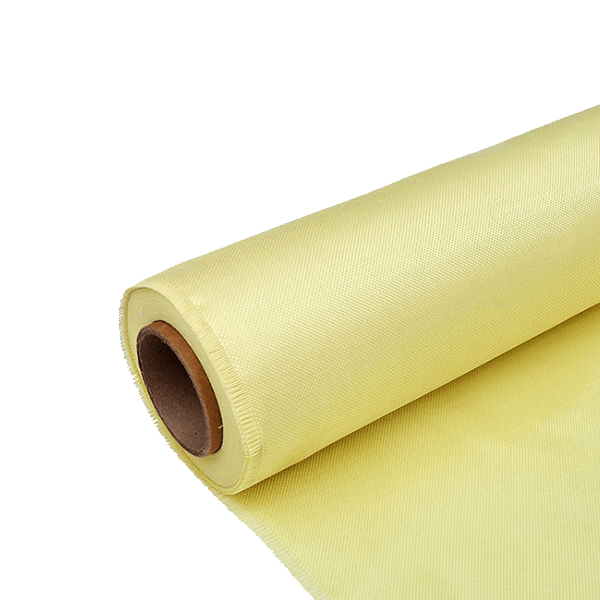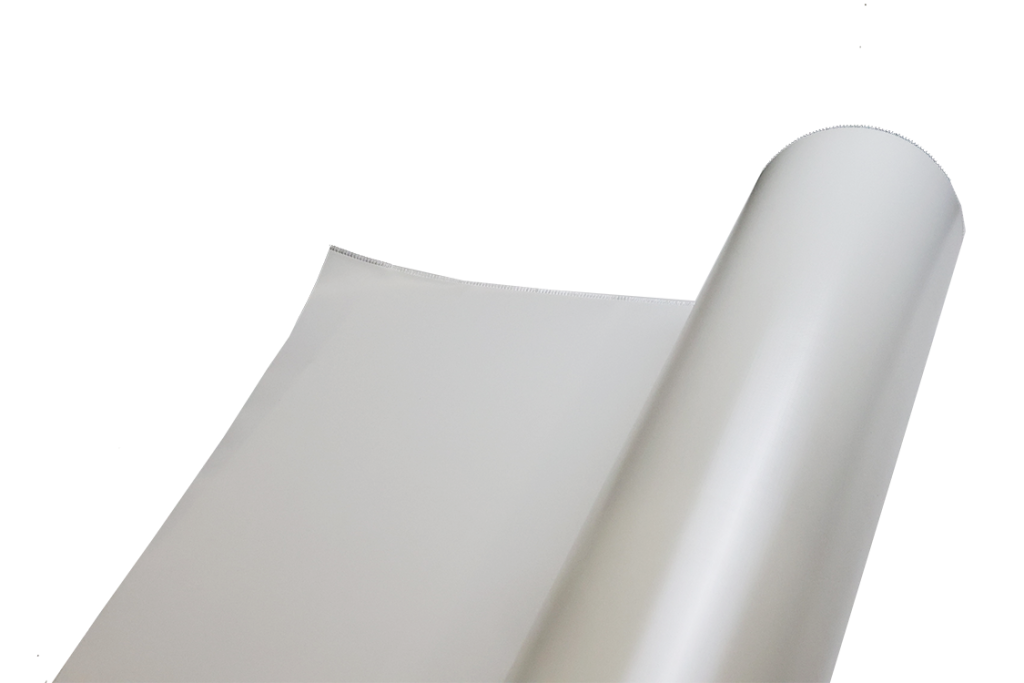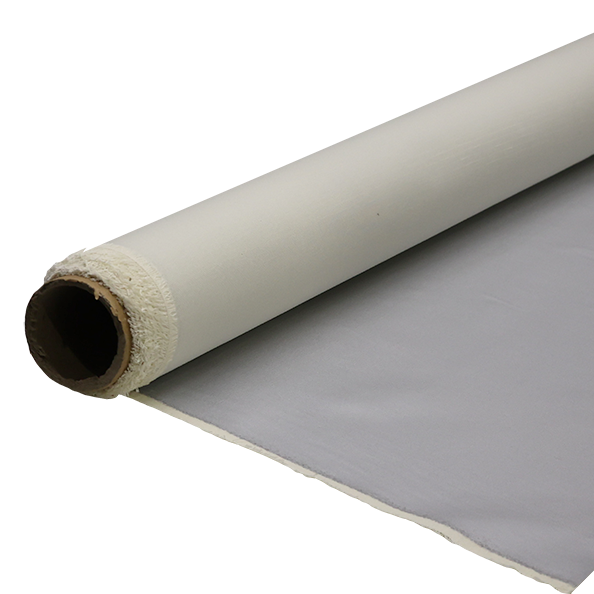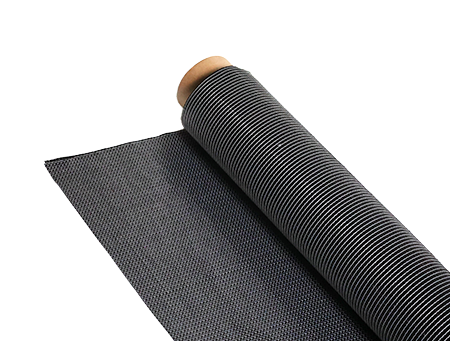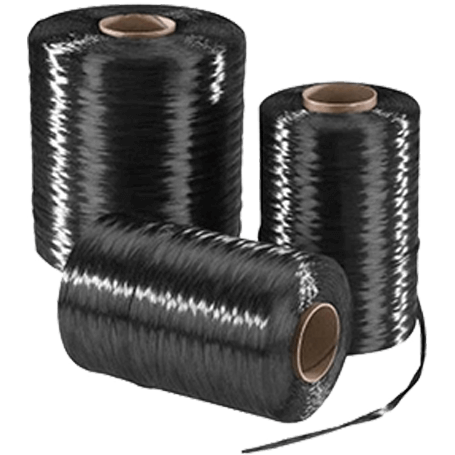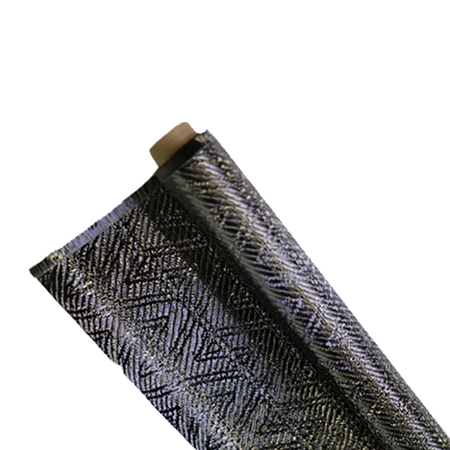Понимание типов переплетения в стекловолокне и кевларе
-
Оглавление
“Unraveling Strength: Mastering Weave Types in Fiberglass and Kevlar.”
Understanding weave types in fiberglass and Kevlar is essential for optimizing the performance and application of composite materials. Weave patterns significantly influence the mechanical properties, flexibility, and durability of the final product. Fiberglass, known for its lightweight and corrosion-resistant characteristics, is often used in various industries, while Kevlar, recognized for its high tensile strength and impact resistance, is commonly employed in protective gear and aerospace applications. By examining different weave types—such as plain, twill, and satin—we can better appreciate how these structures affect the material’s behavior under stress, its aesthetic qualities, and its suitability for specific uses. This knowledge is crucial for engineers, designers, and manufacturers aiming to select the right composite materials for their projects.
Weave Types in Fiberglass: A Comprehensive Overview
Fiberglass, a composite material made from fine glass fibers, is widely recognized for its strength, lightweight properties, and versatility. One of the critical factors that influence the performance and application of fiberglass is the type of weave used in its construction. Understanding the various weave types is essential for selecting the appropriate fiberglass for specific applications, as each weave offers distinct characteristics that can significantly affect the material’s overall performance.
The most common weave types in fiberglass include plain weave, twill weave, and satin weave. Each of these weaves has unique properties that cater to different requirements. The plain weave, characterized by its simple over-and-under pattern, is the most basic and widely used weave type. This structure provides a balanced strength in both warp and weft directions, making it suitable for applications where uniformity and stability are paramount. Additionally, the plain weave is relatively easy to manufacture, which often translates to lower costs, making it a popular choice in various industries, including automotive and marine.
Transitioning to the twill weave, this type is recognized for its diagonal pattern, which is created by interlacing the fibers in a staggered manner. The twill weave offers enhanced flexibility and drapability compared to the plain weave, making it ideal for applications that require complex shapes or contours. Furthermore, the twill weave exhibits improved resistance to fraying and wear, which can be particularly beneficial in high-stress environments. As a result, this weave type is often employed in the production of high-performance composites, such as those used in aerospace and sporting goods.
In contrast, the satin weave presents a more intricate structure, where the fibers are woven in such a way that they create a smooth surface with fewer interlacings. This design allows for a greater number of fibers to be exposed on the surface, resulting in a fabric that is not only aesthetically pleasing but also offers superior strength and durability. The satin weave is particularly advantageous in applications where a high degree of tensile strength is required, such as in the construction of wind turbine blades and other load-bearing structures. However, it is worth noting that the satin weave can be more challenging to manufacture, which may lead to higher production costs.
Moreover, the choice of weave type can also influence the resin absorption and overall weight of the fiberglass composite. For instance, the plain weave typically allows for better resin flow during the curing process, which can enhance the bonding between the fibers and the resin matrix. Conversely, the satin weave, while offering superior strength, may require careful consideration during the resin application to ensure optimal performance. Therefore, understanding the interplay between weave type and resin compatibility is crucial for achieving the desired mechanical properties in the final product.
In conclusion, the various weave types in fiberglass—plain, twill, and satin—each offer distinct advantages and limitations that cater to specific applications. By comprehensively understanding these weaves, manufacturers and engineers can make informed decisions that optimize the performance of fiberglass composites. As industries continue to evolve and demand more advanced materials, the significance of selecting the appropriate weave type will remain a critical factor in the development of innovative and high-performance fiberglass applications.
The Role of Weave Patterns in Kevlar Performance
The performance of Kevlar, a high-strength synthetic fiber, is significantly influenced by its weave patterns. Understanding the intricacies of these weave types is essential for optimizing the material’s applications, particularly in industries such as aerospace, automotive, and personal protective equipment. The weave pattern not only affects the mechanical properties of Kevlar but also determines its flexibility, durability, and resistance to various environmental factors.
To begin with, the most common weave types used in Kevlar production include plain, twill, and satin weaves. Each of these patterns offers distinct advantages and disadvantages that can impact the overall performance of the final product. For instance, the plain weave, characterized by its simple over-and-under pattern, provides a balanced structure that is both strong and stable. This type of weave is particularly effective in applications where uniformity and resistance to fraying are critical. However, while the plain weave offers excellent tensile strength, it may lack the flexibility required for more dynamic applications.
In contrast, the twill weave introduces a diagonal pattern that enhances the fabric’s drape and flexibility. This characteristic makes twill weaves particularly suitable for applications requiring a combination of strength and adaptability, such as in the manufacturing of protective clothing or flexible composite materials. The diagonal structure allows for better movement and comfort, which is essential in environments where the wearer must maintain agility. Furthermore, the twill weave can also improve the fabric’s resistance to abrasion, making it a popular choice in high-wear applications.
On the other hand, the satin weave, known for its smooth surface and luxurious appearance, offers a different set of benefits. This weave type features a longer float of yarns, which results in a fabric that is not only aesthetically pleasing but also possesses enhanced strength in specific directions. The satin weave is particularly advantageous in applications where a high degree of tensile strength is required along with a lightweight structure. However, it is important to note that while satin weaves can provide superior strength in one direction, they may be more susceptible to damage from impacts or abrasions in other directions.
Moreover, the choice of weave pattern can also influence the overall weight and thickness of the Kevlar fabric. Thicker weaves may offer increased protection but can also add weight, which may not be desirable in all applications. Conversely, lighter weaves can enhance comfort and mobility but may compromise some protective qualities. Therefore, it is crucial for manufacturers to carefully consider the specific requirements of their applications when selecting a weave type.
In addition to the mechanical properties, the weave pattern can also affect the fabric’s ability to repel moisture and resist chemical exposure. Certain weaves may allow for better airflow and moisture management, which is vital in protective gear designed for high-activity environments. Consequently, understanding the relationship between weave patterns and performance characteristics is essential for engineers and designers aiming to create effective Kevlar-based products.
In conclusion, the role of weave patterns in Kevlar performance cannot be overstated. By selecting the appropriate weave type, manufacturers can tailor the material’s properties to meet the specific demands of various applications. Whether prioritizing strength, flexibility, or environmental resistance, a thorough understanding of weave types enables the optimization of Kevlar’s remarkable capabilities, ultimately leading to enhanced safety and performance in critical applications.
Comparing Weave Structures: Fiberglass vs. Kevlar
When examining the weave structures of fiberglass and Kevlar, it is essential to recognize that both materials serve distinct purposes and exhibit unique characteristics that influence their performance in various applications. Fiberglass, composed of fine glass fibers, is renowned for its lightweight nature and excellent tensile strength. In contrast, Kevlar, a synthetic aramid fiber, is celebrated for its exceptional resistance to abrasion and impact. The differences in their weave structures significantly contribute to their respective properties and applications.
To begin with, the weave type of a material plays a crucial role in determining its overall strength and flexibility. Fiberglass is typically woven in various patterns, including plain, twill, and satin weaves. The plain weave, characterized by its simple over-and-under pattern, provides a balanced structure that offers good strength in both directions. This uniformity makes it a popular choice for applications requiring consistent performance, such as in boat hulls and automotive parts. On the other hand, the twill weave, which features a diagonal pattern, enhances the fabric’s drape and flexibility, making it suitable for more complex shapes and structures. The satin weave, with its long floats, allows for a smoother surface finish, which is advantageous in applications where aesthetics are important.
In contrast, Kevlar’s weave structures are designed to maximize its inherent strength and durability. The most common weave types for Kevlar include plain, twill, and basket weaves. The plain weave, similar to that of fiberglass, provides a balanced strength profile, while the twill weave enhances flexibility and drapability. However, what sets Kevlar apart is its ability to maintain structural integrity under extreme conditions. The basket weave, which interlaces multiple strands, offers increased stability and resistance to tearing, making it particularly effective in protective gear and ballistic applications.
Moreover, the differences in fiber composition between fiberglass and Kevlar also influence their respective weave structures. Fiberglass fibers are relatively rigid, which allows for a variety of weave patterns without compromising the material’s integrity. Conversely, Kevlar fibers are more flexible and resilient, enabling the creation of tighter weaves that enhance their protective qualities. This flexibility is particularly beneficial in applications such as body armor, where the material must conform to the wearer’s body while providing maximum protection.
Transitioning from the structural aspects to practical applications, the choice of weave type can significantly impact the performance of both fiberglass and Kevlar in real-world scenarios. For instance, in the aerospace industry, fiberglass is often utilized in the construction of lightweight components, where the plain weave provides the necessary strength without adding excessive weight. Conversely, in the realm of personal protective equipment, Kevlar’s twill and basket weaves are favored for their ability to absorb and dissipate energy from impacts, thereby enhancing user safety.
In conclusion, understanding the differences in weave structures between fiberglass and Kevlar is vital for selecting the appropriate material for specific applications. While fiberglass offers versatility and lightweight properties through various weave patterns, Kevlar excels in strength and durability, particularly in protective contexts. By considering the unique characteristics of each material and their respective weaves, engineers and designers can make informed decisions that optimize performance and safety in their projects. Ultimately, the interplay between weave type and material properties underscores the importance of tailored solutions in the fields of engineering and design.
Вопросы и ответы
1. **Question:** What are the common weave types used in fiberglass and Kevlar fabrics?
**Answer:** The common weave types include plain weave, twill weave, and satin weave.
2. **Question:** How does the weave type affect the properties of fiberglass and Kevlar composites?
**Answer:** The weave type influences the fabric’s flexibility, strength, weight, and drapability, with twill weaves generally offering better conformability and satin weaves providing higher strength.
3. **Question:** What is the primary advantage of using a plain weave in fiberglass and Kevlar applications?
**Answer:** The primary advantage of plain weave is its simplicity and durability, providing good dimensional stability and resistance to fraying.Understanding weave types in fiberglass and Kevlar is crucial for optimizing the performance and application of composite materials. Different weave patterns, such as plain, twill, and satin, influence the mechanical properties, flexibility, and durability of the final product. By selecting the appropriate weave type, manufacturers can enhance the strength-to-weight ratio, impact resistance, and overall functionality of the composite, making it suitable for various applications in industries such as aerospace, automotive, and sports equipment. Ultimately, a thorough comprehension of these weave types enables better design choices and improved material performance.

